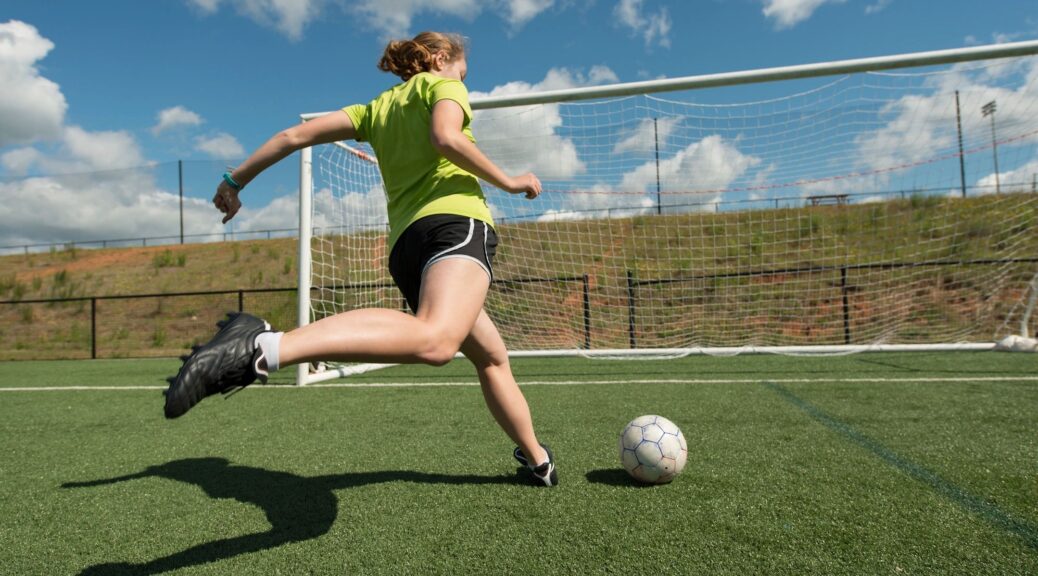KB Research Presented at SBM – Part 2
Ms. Amanda Brice from Klein Buendel presented a Live Research Spotlight at the 46th Annual Sessions and Meeting of the Society of Behavioral Medicine in San Francisco, California, March 26-29, 2025.
*Klein Buendel authors are bolded.

Research Spotlight
Title: Rural Emerging Adults’ Physical Activity Motivation, Intentions, Planning, and Engagement Patterns: A Cross-Sectional Analysis
Presenter: Amanda Brice
Authors: Kayla Nuss, Julia Berteletti, Amanda Brice, Alishia Kinsey, Noah Chirico, and Sierra Held
Emerging adulthood, the period between 18 and 26 years old, is critical for the development of long-term health behaviors, like physical activity engagement. Only 25% of emerging adults meet the recommended 150 minutes per week of moderate to vigorous physical activity (MVPA). In rural communities, where residents have less access to behavioral health resources, healthcare, and community services, fewer than 20% of adults meet physical activity recommendations, but data on rural emerging adults is limited. Further, data are lacking in this population on potent drivers of physical activity, such as motivation, intention, and planning. Therefore, the purpose of this study is to describe physical activity engagement, motivation, intention, and planning in a sample of emerging adults from the rural western United States.
Participants were recruited via a nationwide survey panel. Inclusion criteria were: 18 to 26 years old, able to read and understand English, and live in a rural country as defined by the Rural Urban Commuting Area Codes 4-9 in one of the Western states of Colorado, Utah, New Mexico, or Arizona. We assessed physical activity with the Global Physical Activity Questionnaire (GPAQ), Self-Determination Theory motivation with the Behavioral Regulations in Exercise Questionnaire v.3 (BREQ-3), intention and planning with the Behavioral Intentions Scale, and collected demographic variables.
Means, standard deviations, and percentages were calculated for descriptive and outcome variables. Participants reported minutes of MVPA accumulated through work and recreation, and we calculated total MVPA minutes. Using the Shapiro-Wilk test for normality, we found neither total nor recreational weekly minutes of MVPA were normally distributed. The non-normality was due to a high number of participants reporting zero MVPA minutes. We created binary variables of “Meets Recommendations” (≥ 150 minutes of MVPA per week) vs. “Does Not Meet Recommendations” (≤ 149 minutes of MVPA per week) for both total and recreational MVPA.
The sample included 141 respondents: 115 (81.56%) female and 25 (17.73%) male, aged 22.00±2.63 years. Seventy-five (53.19%) met MVPA recommendations when work was included whereas without, only 32 (22.70%) met recommendations. Participants reported low levels of amotivation, external, introjected, identified, and integrated regulation, and intrinsic motivation. They also reported low levels of intention and planning for physical activity.
More emerging adults met MVPA recommendations when minutes accumulated at work were included. Rural emerging adults have low quality of motivation and low intention and planning for physical activity. Researchers should investigate barriers to physical activity participation in this group as they have high instances of health disparities and low access to health resources.
This research was sponsored by Klein Buendel and led by Dr. Kayla Nuss.


